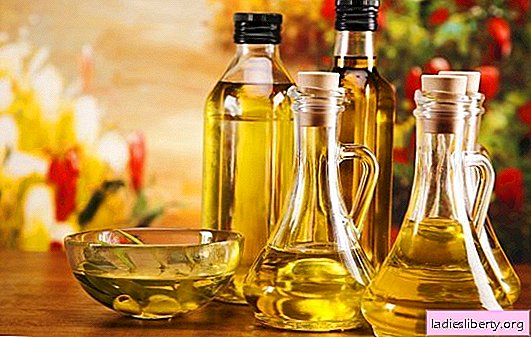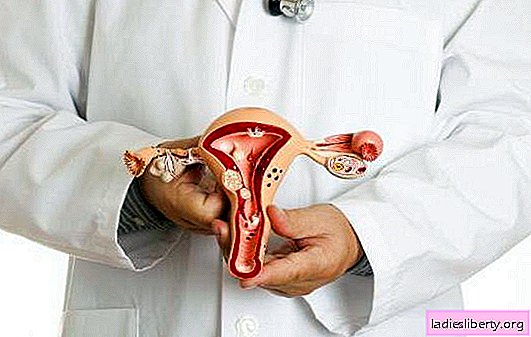
Thistle - General Description
Kind Thistle from the family Compositae is represented by tall perennials having a tall, powerful, branched stem and large, stiff leaves with spiky edges. The top of the stem is decorated with purple or pink inflorescences in the form of drooping baskets surrounded on the edge by a wrapper of covering leaves with spiky ends. Thistle flowering lasts from July to the end of summer.
Thistle - types and places of growth
It is believed that the thistle comes from Western and Central Europe. Now the main places of its growth are Central Europe, North Africa, the USA and Asian countries. We have this plant massively flooded the southern and central regions of Russia, as well as Eastern Ukraine and Crimea, where it grows in meadows and along roadsides. There are more than one hundred species of thistle, among which the most famous are the Thistle curly, the Thistle drooping, the Thistle, small-headed, the Thistle of Termera and the Thistle.
Thistle - healing properties
Thistle is widely used by herbalists both on its own and in collections with other herbs. Indications for taking thistle drugs are diseases of the female genital area, menstrual irregularities, pulmonary tuberculosis, diseases of the joints and heart. Thistle preparations have anticonvulsant and antidepressant activity, and they also have a diuretic effect. Plants are washed with fresh juice, wounds that have opened boils, and a decoction of the roots is used in the complex treatment of skin cancer. Some nations use thistle to treat anthrax.
Thistle - dosage forms
In folk medicine, they mainly use thistle grass in the form of stems, leaves, flowers, and plant roots. The green part is collected in June-August; in spring and autumn, rhizomes are dug up, which, having divided in half, are then dried.
Thistle - recipes
For the treatment of insomnia, a decoction of dry thistle flowers is taken. To get it, 1 tbsp. l placed in dishes with 200 gr. water and, boiling for about 5 minutes, insist about an hour, then filter. Take daily up to 4 times in half a glass.
Bronchitis is successfully treated with a decoction of the roots of a thistle, for which 1 tbsp. l 300 ml of water is poured into the crushed raw materials and, boiling over low heat for 10 minutes, filtered. Treatment is carried out by taking a decoction of half a cup three times a day.
Thistle oil is used as a wound healing and anti-burn agent. It is squeezed out of a young thistle, which has also been used for a long time to cleanse the liver.
For the treatment of cystitis, urethritis, colds, edema of various origins, hemorrhoids, the following remedy is prepared: 1 tbsp. a spoonful of crushed dry thistle leaves is poured 200 gr. boiling water and, insisting for an hour, take 0.5 cups up to several times a day. A stronger solution, prepared in this way, is washed with purulent wounds, ulcers and boils.
In the complex treatment of tetanus, rheumatism, gout, diseases of the kidneys, bladder and persistent spastic cough, take 1 tsp. juice made from fresh leaves of a thistle, or powder from leaves peeled of thorns (three times a day).
For the treatment of cough, colds, bronchial asthma, laryngitis, thistle syrup is used. For its preparation, 150 g of raw material is poured into 300 ml. water, and, adding 0.5 cups of sugar, evaporate on low heat until the solution is reduced by half. Take 1 tsp syrup. shortly before meals. Store in a refrigerator or cool dark place.
Thistle - contraindications
To date, no contraindications have been identified for the use of thistle preparations and side effects accompanying their use. It is known that they are slightly toxic, and they can be used even for a long time. In small doses, the thistle has an exciting effect on the central nervous system, and in large doses it has an inhibitory effect.
Comments











